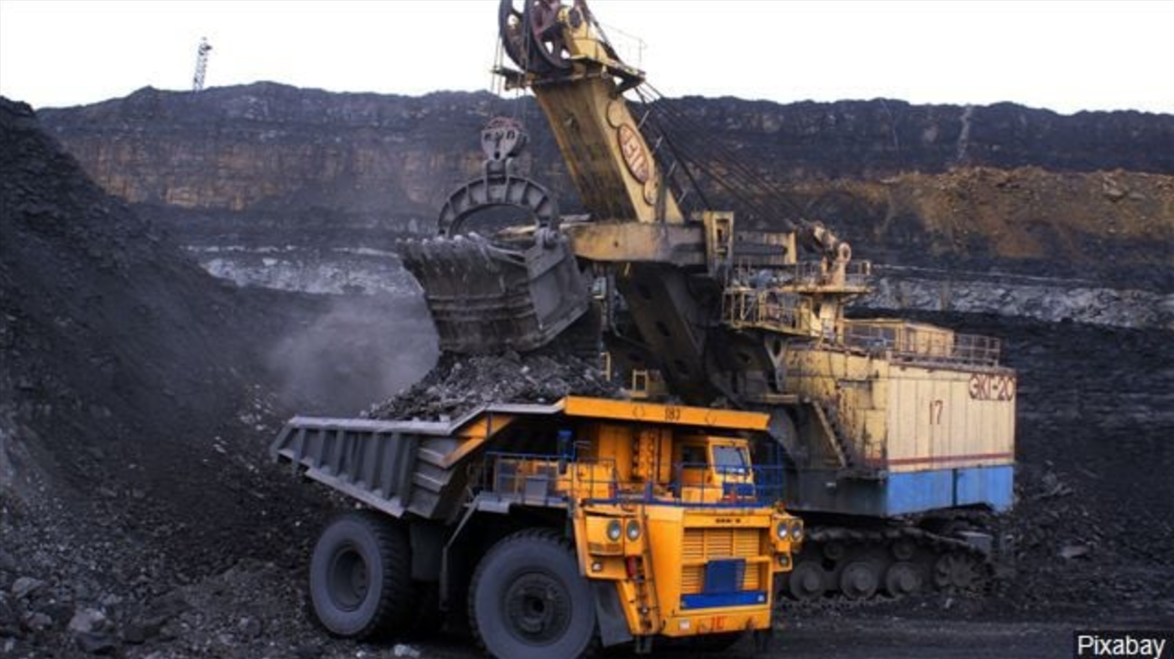Trump’s Impact on Coal: President Donald Trump has proposed significant efforts to revitalize the struggling American coal sector. Future coal mining, electricity generation, and safety laws in the US may be significantly impacted by these developments. Below is a summary of the most significant advancements.
1. Federal Land Mining: A Novel Opportunity for Coal
President Trump recently issued executive orders allowing coal mining activities on federal territory. This project aims to boost coal output in order to assist satisfy the growing demand for power. Additionally, given the increasing demand in industries like data centers and electric cars, Trump has used emergency powers to let aging coal-fired facilities to continue operating past their scheduled retirement dates.
2. Exemptions for Coal-Fired Power Plants
As part of his push to support the coal industry, Trump granted nearly 70 older coal-fired power plants a two-year exemption from federal requirements to reduce emissions of toxic chemicals. As the nation negotiates a challenging energy environment, this action is viewed as a means of extending the life of existing reactors and producing additional power.
3. Cuts to Mine Safety and Health Administration (MSHA) Offices
In a controversial move, Trump’s government efficiency team, headed by Elon Musk, proposed closing 34 Mine Safety and Health Administration (MSHA) offices across 19 states.This includes locations in important coal-producing states including Pennsylvania, Kentucky, and West Virginia. Closing these offices is expected to save $18 million, however concerns have been raised regarding the potential impact on mine safety. Because there are fewer MSHA offices, there could be fewer inspections and longer inspector travel times.
4. The Reduction in Coal Employment
Coal employment in the US has been decreasing over the years, despite a recent rise, particularly in West Virginia and Kentucky.Coal employment is still just a small percentage of what it was before to this development, since U.S. coal output decreased from 1 billion tons in 2014 to 578 million tons in 2023. The success of Trump’s planned policies and the ongoing transition to natural gas and renewable energy sources will determine the future of coal jobs.
5. The Look for Other Applications for Coal
Supporters of the industry are thinking about coal’s potential uses outside of electricity generation. In an effort to lessen the United States’ reliance on foreign suppliers like China, companies such as Core Natural Resources are developing technologies that transform coal into synthetic materials for lithium-ion batteries. This initiative demonstrates how coal might be used in various high-tech areas, especially the defense and renewable energy industries.
6. A Vision for Coal’s Future
Trump’s proposals highlight his administration’s commitment to protecting and revitalizing the coal industry. While the move to support coal-fired power plants and expand mining on federal land may breathe new life into the industry, questions about the long-term environmental and economic sustainability of these policies remain.
Source: AP News





